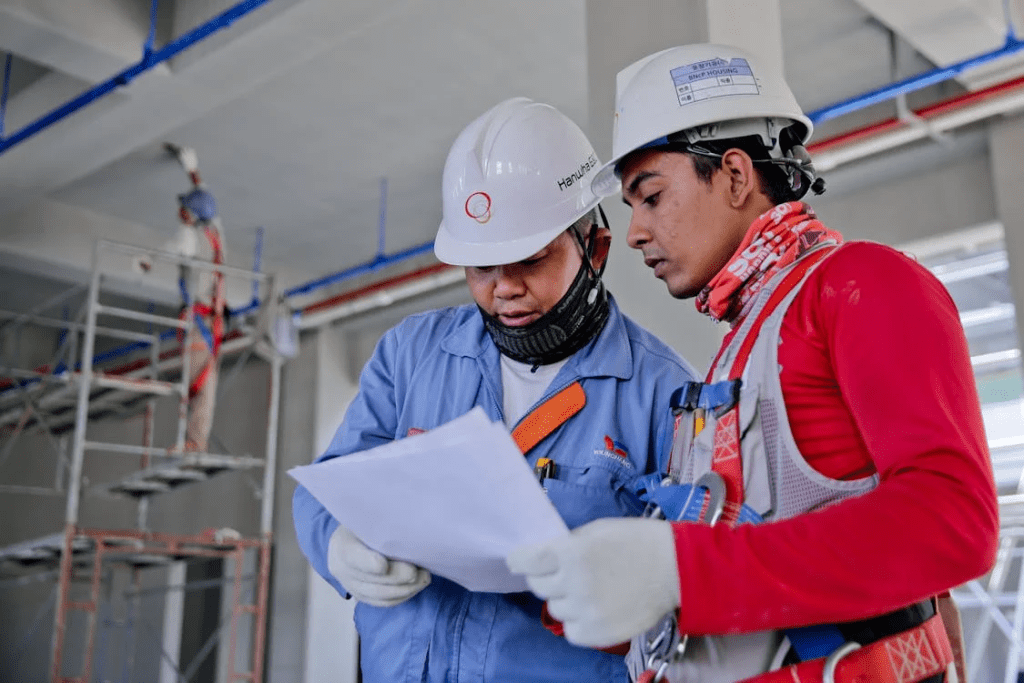If you’re a construction manager, overseeing projects will be more than just knowing about building structure types. It takes a strong grasp of financial management to make sure that projects are done on time and within budget.
In this guide, we’re going to be talking about six key financial metrics that project managers must know before every project begins. By the time you’re finished, you’ll have a much deeper understanding of each one, so you will be able to look at the financial sheets and be able to know what is what.
- Cash Flow Projections
The first one will take a look at cash flow projections. Here, it will help construction project managers anticipate any incoming or outgoing cash. It will also give them a view of when the payments are expected and when the expenses will hit their account. This will allow them to have a better chance at planning and allocating resources effectively.
If you’re looking to optimize cash flow, you want to incorporate certificates of deposits or CDs as part of the cash management strategy. If you want to know more about CDs, feel free to check out this Fidelity Investments COD review so you can be able to understand how you can choose the best options when it comes to funding your projects.
- Return on Investment (ROI)
ROI is the metric that will measure the profitability of a Project based on the initial investment. By calculating this, a project manager can assess whether the project will generate any sufficient returns that will justify the money put down. The formula that you will need to calculate Roi is the following: divide the net profit by the total investment followed by multiplying it by 100.
That will give you the percentage of ROI. Be sure to use this metric When comparing different projects. It’s also a good idea to prioritize those that have the highest ROI possible. Using this metric will be important as it will allow you to make the most informed decisions on which projects are easy to pursue, making sure that the most effective use of resources and funding is possible – especially with multi-million projects.
- Cost Variance
The cost variance is the difference between the estimated and actual cost of a construction project. A positive variance will indicate that the project is under budget. the opposite of that is a negative variance which means that the project has gone over its budget in regards to spending. By monitoring the cost variance, project managers will be able to detect any Financial issues early and take the necessary actions to correct the course.
Cost managers need to stay within the lines when it comes to the financial aspect. As a project manager, you need to look for any patterns in cost variances across the multiple projects that you oversee. This will allow you to project better future forecasts when it comes to expenses.
- Schedule Variance
Now, we take a look at another variance. This time, we focus more on the time aspect of the project than the monetary. Here, you’re measuring the difference between the planned timeline and the actual project’s progress. By monitoring the schedule variance, what you’re trying to prevent is avoiding costly overruns and making sure that the project stays on track in terms of timeline.
In addition, it will also help you identify any potential bottlenecks and allow you to take the necessary actions accordingly. This includes but is not limited to reallocating resources, adjusting timelines, and also negotiating with vendors and contractors to ensure the project remains on track.
- Profit Margin
Your profit margin will measure the profitability of a project. To calculate this, you want to use the difference between total revenue and total cost. A higher profit margin will indicate that the profit will be financially successful. A project manager will use this to assess the financial health of the project and also the business as a whole.
- Working Capital
Working capital measures the liquidity of a project using the difference between current assets and current liabilities. Working capital will ensure that the project has the necessary funds to cover any day-to-day expenses including the unexpected ones that may pop up out of nowhere. To maintain optimal working capital, a project manager must consider using certain Financial products. These include CDs and lines of credit as ways to manage cash reserves.
Final Thoughts
As a project manager, it is important to make sure that every project is done on time and budget. Be sure to monitor these metrics that we have just shown you so you can be able to make sure that you are effectively making the best decisions possible. Every successful project will have a manager who is good with numbers and can be able to spot any potential issues and correct them before things get worse.






